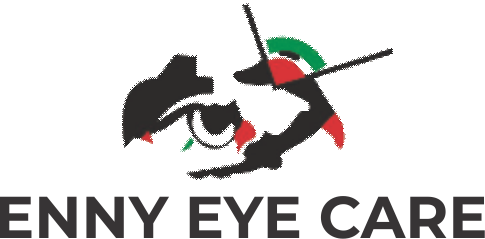Ocular Hypertension: Pressure Points – Managing and Understanding Ocular Hypertension
Introduction
Ocular hypertension is a condition where the pressure inside the eye (intraocular pressure or IOP) is higher than normal. While it doesn’t always lead to glaucoma, ocular hypertension is a significant risk factor for developing the disease. Managing ocular hypertension is essential to prevent potential vision loss. In this post, we’ll explore the causes, symptoms, and management options for ocular hypertension.
What is Ocular Hypertension?
Ocular hypertension occurs when the IOP is higher than the normal range (10-21 mmHg), but there are no visible signs of optic nerve damage or vision loss. Elevated IOP results from the imbalance between the production and drainage of the fluid in the eye called aqueous humor. If left unchecked, ocular hypertension can lead to glaucoma, a leading cause of blindness.
Causes of Ocular Hypertension
Several factors can contribute to increased IOP, including:
- Excess fluid production: The eye continuously produces aqueous humor. If too much fluid is produced, it can increase IOP.
- Poor fluid drainage: If the fluid cannot drain properly through the eye’s drainage system, it results in pressure build-up.
- Medication use: Steroids, whether taken orally or as eye drops, can increase IOP in some individuals.
- Injury or trauma: Previous eye injuries can alter the balance of fluid production and drainage.
Symptoms of Ocular Hypertension
One of the challenges of ocular hypertension is that it doesn’t present with obvious symptoms. Most people with this condition don’t experience pain or changes in vision, which is why regular eye exams are crucial for early detection.
Who is at Risk?
Certain individuals are more susceptible to developing ocular hypertension:
- Age: People over 40 are at higher risk.
- Family history: A family history of glaucoma increases the likelihood of developing ocular hypertension.
- African-American heritage: African-Americans are at higher risk of developing ocular hypertension and glaucoma.
- Steroid use: Prolonged use of steroids can increase the chances of developing the condition.
Managing Ocular Hypertension
Managing ocular hypertension involves reducing IOP to prevent damage to the optic nerve. Here are some strategies:
- Regular Monitoring: Regular eye exams are critical for monitoring IOP and detecting any early signs of glaucoma.
- Medications: Eye drops like prostaglandins, beta-blockers, and carbonic anhydrase inhibitors are often prescribed to lower IOP.
- Laser Therapy: For some patients, laser trabeculoplasty can help improve fluid drainage and reduce IOP.
- Surgery: In advanced cases where other treatments fail, surgical options like trabeculectomy can be performed to lower IOP.
Preventative Measures
While not all causes of ocular hypertension can be prevented, there are steps you can take to lower your risk:
- Maintain regular eye exams: Especially if you fall within a high-risk category.
- Use medications as prescribed: Follow your doctor’s instructions for any prescribed eye drops to control IOP.
- Know your family history: If glaucoma runs in your family, be vigilant about monitoring your eye health.
Conclusion
Ocular hypertension is a silent condition that can lead to serious vision problems if left untreated. Early detection and proactive management are key to preventing glaucoma and maintaining healthy vision. At Enny Eye Care, we specialize in diagnosing and managing ocular hypertension to ensure your eyes stay healthy for years to come. Schedule a consultation today to safeguard your vision.
For more information, visit Enny Eye Care.

